Regulation
Sui Clarifies Misconceptions on Token Supply, Will Price Rally?

Sui Network, a Layer-1 decentralized platform, has addressed and clarified widespread misconceptions regarding its token supply. This response, published on the X platform, is a rebuttal to attacks against its tokenomics, particularly on the distribution of tokens and control of tokens by the founders. The network’s founders are under investigation past the allegations of a large possession of tokens.
The platform has said that its token economics are reasonable because well-reputed third-party custodians are employed to keep the locked tokens. According to the network, these tokens are released as per a predetermined emission schedule, which is publicly available. The foundation stresses that the founders have no control over the treasury or any of the tokens given to the investors, including the community reserve.
Sui Transparency and Token Distribution
The feedback from the Sui Network says that the Sui Foundation is the primary wallet holder of the locked tokens appointed for a controlled release under certain stipulations to strengthen the ecosystem. Those allocations are meant to support many projects, including developing the Move programming language, network security enhancements, and community-oriented initiatives such as hackathons and developer grants.
Recently, there have been some misleading posts issued about Sui’s token supply.
Let’s set the record straight, starting with the basics: locked tokens are locked by third-party custodians. They cannot be moved, and are safely custodied until they are unlocked according to Sui’s…
— Sui (@SuiNetwork) May 4, 2024
In further detail, the network explains the distribution of staking rewards already in circulation in the system. These rewards are made up of stake derivations and network commissions, which are said to all go back to the community. This is an instrument of Sui for balance and fairness in the economic model.
Addressing Centralization Concerns
Notwithstanding Sui Network’s explanations, Justin Bons of Cyber Capital raised some worries about the founding team’s holdings of tokens. Bons claimed, as earlier reported by Coingape, that a significant portion of the staked tokens are believed to be in the founders’ hands, representing a threat towards centralization. This had prompted demand for more than transparency and accountability that should come from the network’s management, which the Sui team has now achieved.
On the other hand, Sui Network argues that such a claim does not represent real token distribution and management, confirming their dedication to transparency. The network has also revealed that all tokens, including those not yet distributed, are operated in legal and regulatory compliance to legal and regulatory compliance with oversight from well-known custodial services such as BitGo, Anchorage, and Coinbase Prime.


SUI/USD 24-hour price chart
Meanwhile, the Sui (SUI) token has been in a downtrend in the last 24 hours after failing to breach the intra-day high of $1.12. At press time, SUI was trading at $1.09, a 1.43% decline from the day’s high. Concurrently, the market capitalization dipped by 1.43% to $2,542,377,403, while the 24-hour trading volume surged by 265 to $299,984,335.
Read Also: Dogecoin Developer Flags Privacy Concerns In Coinbase Ecosystem
The presented content may include the personal opinion of the author and is subject to market condition. Do your market research before investing in cryptocurrencies. The author or the publication does not hold any responsibility for your personal financial loss.
Regulation
USDC Issuer Circle Set To File IPO In April, Here’s All
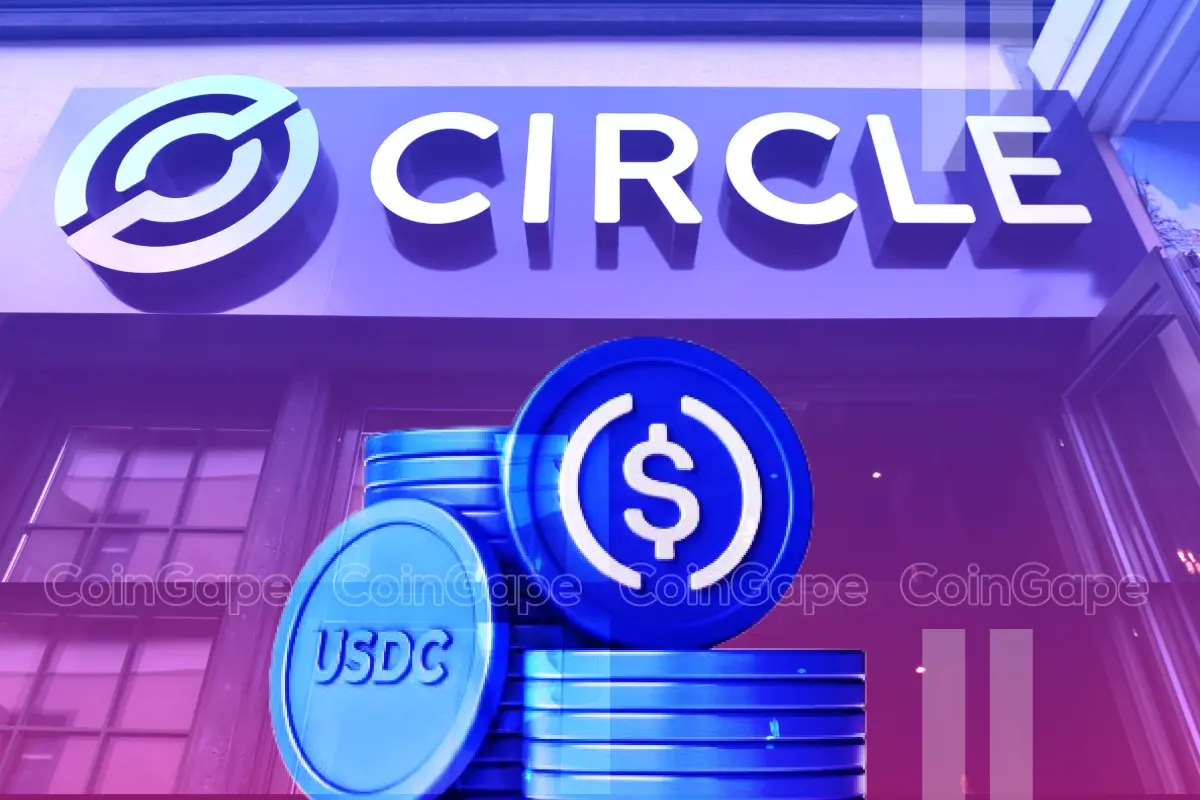
USDC issuer Circle is reportedly set to file its initial public offering (IPO) in April as part of the firm’s plans to finally go public. The stablecoin issuer is allegedly already working with top financial institutions to achieve this move.
Circle To File IPO In Late April
According to a Fortune report, Circle is looking to file its IPO in late April, although the listing period remains uncertain. The report noted that when a company files to go public, its shares usually begin trading four weeks later, indicating that the listing could occur in May. However, there is also a scenario where the IPO process could drag on for months.
The stablecoin issuer is reportedly working with investment banks JPMorgan Chase and Citi to achieve its long-anticipated IPO. The firm had previously tried to go public in 2021 under a SPAC arrangement with a shell company.
The US SEC failed to sign off on this arrangement back then, and the company eventually scrapped these IPO plans by the end of 2022 when the crypto exchange FTX collapsed and the broader crypto market experienced a downturn.
Revelation about Circle’s IPO plans comes just days after the stablecoin issuer partnered with NYSE’s parent company to explore USDC’s use in traditional finance (TradFi). Meanwhile, the USDC stablecoin recently launched in Japan following approval from the country’s regulator. Notably, USDC is the first and only global dollar stablecoin approved under Japan’s stablecoin framework.
An Easier Path Now For The Stablecoin Issuer
Circle will likely face less resistance for its IPO plans under the current SEC administration. Under acting Chair Mark Uyeda, the Commission has shown its willingness to work hand in hand with crypto firms, which was missing under Gary Gensler’s administration.
US SEC Chair nominee Paul Atkins has also shown his willingness to change the approach that Gensler’s administration adopted towards crypto firms. During his nomination hearing, the SEC Chair nominee promised to prioritize providing regulatory clarity for the industry.
Circle’s IPO listing would be the biggest since the top crypto exchange Coinbase went public in 2021. Interestingly, Coinbase owns an equity stake in the crypto firm.
The firm’s USDC is currently the second-largest stablecoin by market cap, only behind Tether’s USDT. The stablecoin industry is heating up as more financial institutions look to develop their own stablecoin.
Donald Trump’s World Liberty Financial recently revealed plans to launch its USD1 stablecoin, while asset manager Fidelity is also considering doing so.
Disclaimer: The presented content may include the personal opinion of the author and is subject to market condition. Do your market research before investing in cryptocurrencies. The author or the publication does not hold any responsibility for your personal financial loss.
Regulation
Japan Set To Classify Cryptocurrencies As Financial Products, Here’s All

Cryptocurrency investors in Japan are bracing for impact following a plan to reclassify digital assets as financial products. While the plan has elicited excitement from cryptocurrency enthusiasts in the Far East, the ambitious plan will have to scale several legislative hurdles.
Japan Targets Reclassification Of Cryptocurrencies As Financial Products
According to a report by Nikkei, Japan’s Financial Services Agency (FSA) is inching toward classifying cryptocurrencies as financial products. Per the report, the FSA intends to achieve the reclassification via an amendment to the Financial Instruments and Exchange Act.
Currently, digital assets in Japan are considered crypto assets conferred with property rights and seen as payment means. Under the FSA’s plans, cryptocurrencies in Japan will be treated as financial products in the same manner as traditional financial products.
The FSA says it will adopt a slow and steady approach toward the reclassification, carrying out “a private expert study group” to test the waters. If everything goes according to plan, the FSA will submit the amended bill to Parliament in early 2026.
The classification of cryptocurrencies as financial products will have far-reaching consequences for the local ecosystem. Experts say treating cryptocurrencies as financial products will bring Japan closer to a crypto ETF launch amid a changing regulatory landscape.
Furthermore, the move may lower current cryptocurrency taxation for local investors since existing capital market rules will apply to the asset class.
A Fresh Bill For Crypto Insider Trading Is Underway
Apart from the reclassification, the FSA disclosed plans for new legislation against insider trading. The move flows treating cryptocurrencies as financial products and will strengthen existing investor protection rules.
“It is a direction to establish a new insider trading regulation that prohibits trading based on unpublished internal information,” said the FSA. “We will develop laws to prevent unfair transactions.”
However, Japan’s cryptocurrency scene is heating up to a boil, driven by local and international players. Last week, stablecoin issuer Circle secured approval from the FSA for USDC with top exchanges set to list the stablecoin.
Japan’s Metaplanet has tapped Eric Trump to join its Strategic Board of Advisors as it continues to load up Bitcoin.
Disclaimer: The presented content may include the personal opinion of the author and is subject to market condition. Do your market research before investing in cryptocurrencies. The author or the publication does not hold any responsibility for your personal financial loss.
Regulation
Kentucky Governor Signs Off On ‘Bitcoin Rights’ Bill, Strengthening Crypto Protections


In what is being dubbed a major development in the crypto regulation space, the Governor of the US state of Kentucky, Andy Beshear, has signed the ‘Bitcoin Rights’ bill into law. The law promises to safeguard protections for Bitcoin (BTC) users.
Bitcoin Rights Bill Comes Into Effect
Crypto regulations continue to evolve under pro-crypto US President Donald Trump’s administration. In the latest development, Kentucky has become the newest state to enshrine protections for digital asset users.
In an X post published on March 24, crypto advocacy group Satoshi Action Fund announced that Governor Beshear had signed the much-anticipated Bitcoin Rights bill into law. The post stated:
The right to self-custody, run a node, and use of digital assets is now protected for millions of Americans without fear of discrimination.
The bill was first introduced to the Kentucky House by Rep. Adam Bowling on February 19. According to the bill’s description, it seeks to safeguard users’ rights to use digital assets and self-custody wallets. Additionally, it aims to prohibit local zoning changes that discriminate against crypto mining operations.
The legislation outlines guidelines for running a digital asset node and excludes digital asset mining from money transmitter license requirements. It also clarifies that crypto mining or staking is not considered an offer or sale of securities.
On February 28, the bill passed Kentucky’s House of Representatives with a unanimous vote of all 91 representatives in favor. It later passed the Kentucky Senate on March 13, receiving backing from all 37 senators.
Kentucky’s proactive stance toward cryptocurrencies isn’t new. Earlier this year, the state became the 16th US state to introduce legislation seeking to create a Bitcoin strategic reserve.
Meanwhile, neighboring state Arizona is also joining the crypto movement. A recent X post by Bitcoin Laws revealed that Arizona’s House Rules Committee has passed two Bitcoin reserve bills — SB1373 and SB1025. These bills will now head to a full floor vote.
Renewed Optimism Under Trump Administration
Following Trump’s victory in the November presidential election, cryptocurrency regulations in the US are evolving rapidly, with many states introducing legislation aimed at strengthening their digital asset ecosystems and attracting crypto businesses.
Positive changes in crypto regulations are encouraging industry businesses to expand. For instance, leading crypto trading platform Coinbase recently announced plans to hire 1,000 employees in the US.
The Trump administration has also witnessed several lawsuits being dropped against major crypto entities, including Kraken, Coinbase, Gemini, and others. At press time, Bitcoin trades at $87,399, down 0.2% in the past 24 hours.

Featured Image from Unsplash.com, chart from TradingView.com

Editorial Process for bitcoinist is centered on delivering thoroughly researched, accurate, and unbiased content. We uphold strict sourcing standards, and each page undergoes diligent review by our team of top technology experts and seasoned editors. This process ensures the integrity, relevance, and value of our content for our readers.
-

 Market21 hours ago
Market21 hours agoEthereum Price Faces a Tough Test—Can It Clear the Hurdle?
-

 Bitcoin13 hours ago
Bitcoin13 hours ago$500 Trillion Bitcoin? Saylor’s Bold Prediction Shakes the Market!
-

 Market20 hours ago
Market20 hours agoSolana (SOL) Holds Steady After Decline—Breakout or More Downside?
-

 Ethereum20 hours ago
Ethereum20 hours ago$2,300 Emerges As The Most Crucial Resistance
-
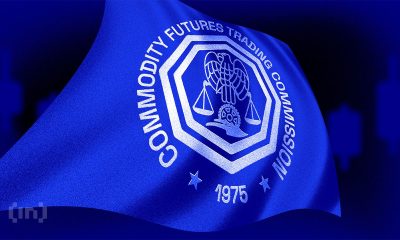
 Market19 hours ago
Market19 hours agoCFTC’s Crypto Market Overhaul Under New Chair Brian Quintenz
-
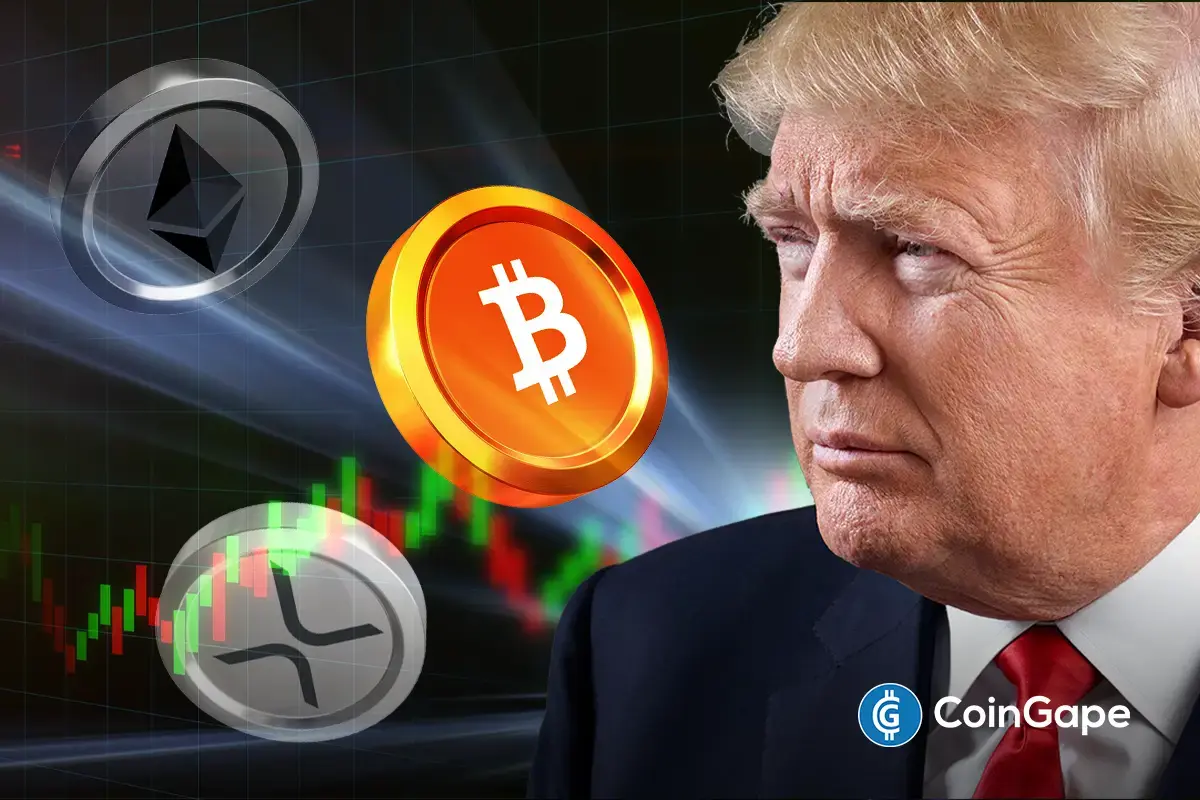
 Altcoin12 hours ago
Altcoin12 hours agoWill XRP, SOL, ADA Make the List?
-
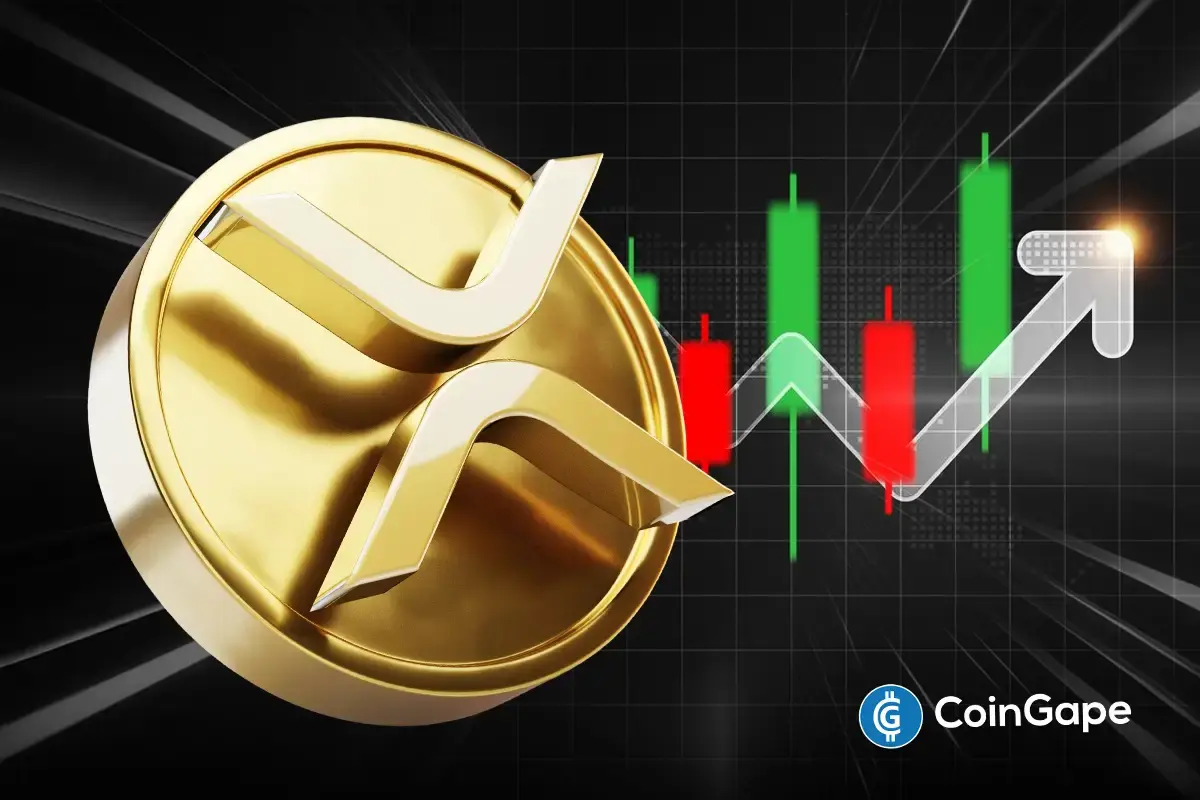
 Altcoin19 hours ago
Altcoin19 hours agoA Make or Break Situation As Ripple Crypto Flirts Around $2
-

 Market18 hours ago
Market18 hours agoXRP Bulls Fight Back—Is a Major Move Coming?



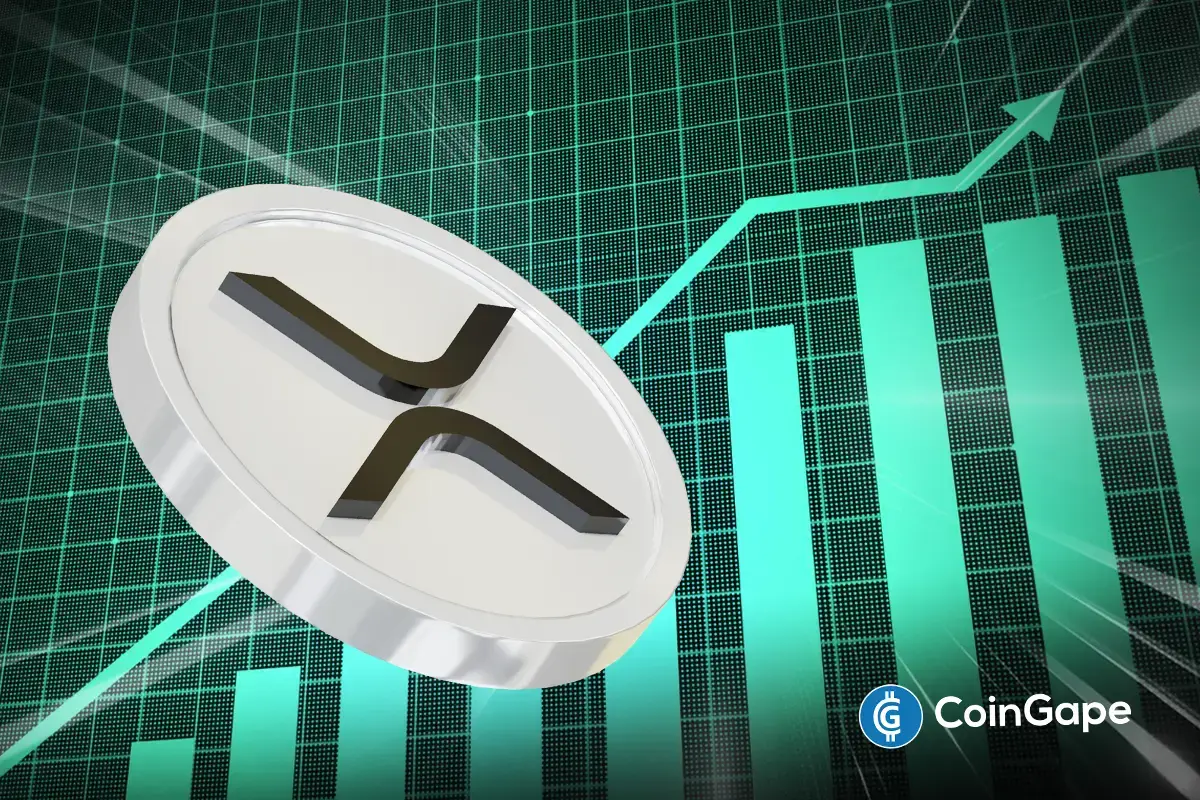




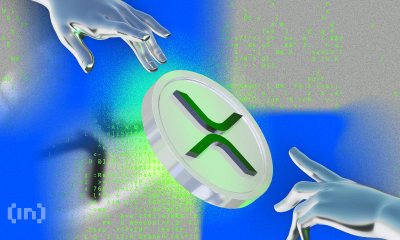












✓ Share: